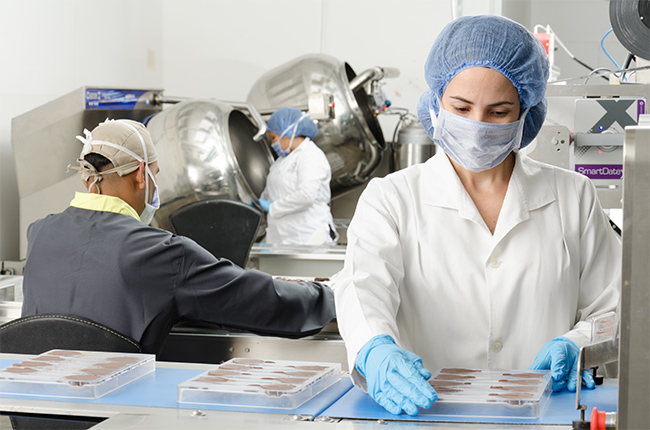CANCER TREATMENT CENTERS
Dedicated St. Louis urologic cancer therapy centers optimize cancer treatments.
Urology of St. Louis partners with advanced dedicated urologic radiation centers in the St. Louis region to provide state-of-the-art radiation therapy treatments for men with genitourinary cancers. Your USL physician will monitor your progress and work closely with the radiation oncologist and dedicated team to optimize your treatment.

IMRT (intensity-modulated radiation therapy)
IMRT (intensity-modulated radiation therapy) is an advanced noninvasive form of radiation treatment that allows precise targeting of tumor cells. IMRT delivers tightly-focused radiation beams of varying intensity to cancerous tumors without needles, tubes or catheters. The varied beam intensity helps maximize dosage and minimize radiation affecting healthy tissues.
Targeting Cancer Cells
Radiation therapy uses high-energy rays or particles to destroy the cancer cells and shrink the tumor while minimizing the adverse effects on nearby healthy organs and tissues. Although some normal cells are affected by radiation therapy, they recover from the effects of radiation better than cancer cells.


Why is IMRT important?
Because IMRT enhances control of radiation delivery, we can treat many tumors once considered untreatable because they are so close to vital organs and structures. IMRT allows your radiation oncologist to target your cancer with a high-resolution radiation beam that conforms as closely as possible to the shape of the tumor and delivers varying strengths of radiation to different parts of the tumor. The dose can be higher in the most aggressive areas of the tumor and lower in areas where the beam is near or passing through healthy tissue and structures.
Frequently Asked Questions
- What can I expect as I begin IMRT?
- What is SpaceOAR®?
- What is the next step after the preparation session?
- What should I expect during treatment?
First, you’ll have a 45-to-90-minute preparation session with x-ray, computed-tomography (CT), and possible MRI exams to help your doctors design your specialized treatment plan. Your doctors may mark your skin with semi-permanent ink or a small tattoo to help them align the IMRT equipment during your treatments. Because you must keep very still during your treatments, your doctor may develop special molded plastic or foam supports to help you comfortably maintain the same position.
SpaceOAR® is a gel spacer that is injected to increase the distance of the rectum from the prostate. This decreases the risk of radiation affecting the rectum. The office procedure is minimally-invasive and takes around 15 minutes. Once the spacer is in place most men don’t feel it. Over time, the spacer is absorbed by the body and excreted in the urine.
Learn more about SpaceOAR® here.
Following the preparation session discussed above, your doctors will collaborate to develop the optimum treatment plan for your specific needs. This process may take several days because it will involve input from your urologist, radiation oncologist, medical physicist and dosimetrist. Once the plan is complete, you will begin your IMRT treatments.
Your first IMRT treatment session may last longer than subsequent appointments because your doctor may perform additional x-ray exams and checks. A typical IMRT session lasts about 15 to 20 minutes, the same amount of time required for a standard radiation treatment. In the treatment room, you will see a large machine called a linear accelerator which will deliver the radiation beams. It can be rotated around your body with great precision. Using the semi-permanent ink marks on your skin made during the planning session, the radiation therapist will position you on the table below the machine. Before the machine is turned on, the radiation therapist will leave the room. Although the linear accelerator is controlled remotely, the therapist can still see and talk to you. You will not see or hear the radiation and usually will not feel anything.
